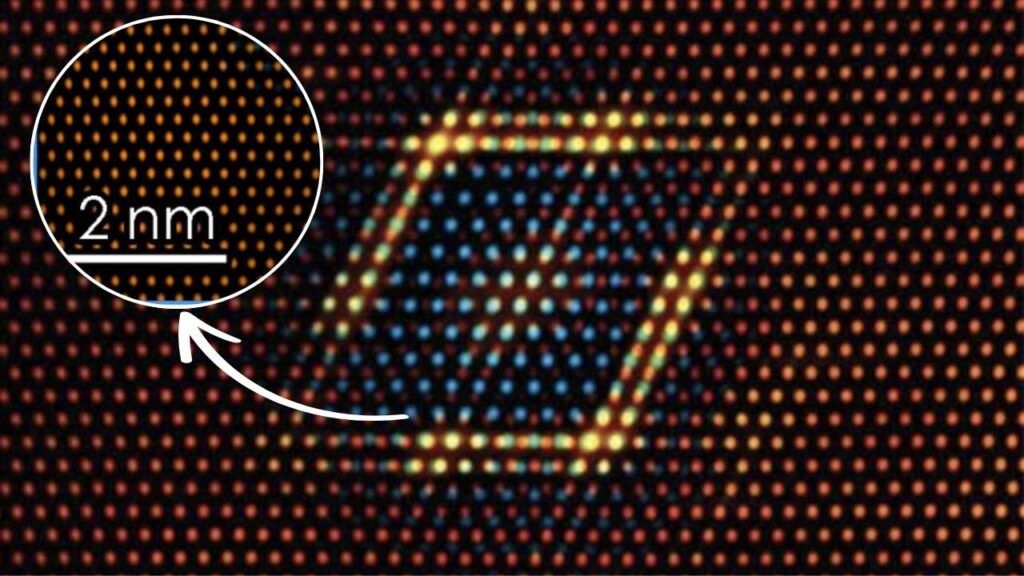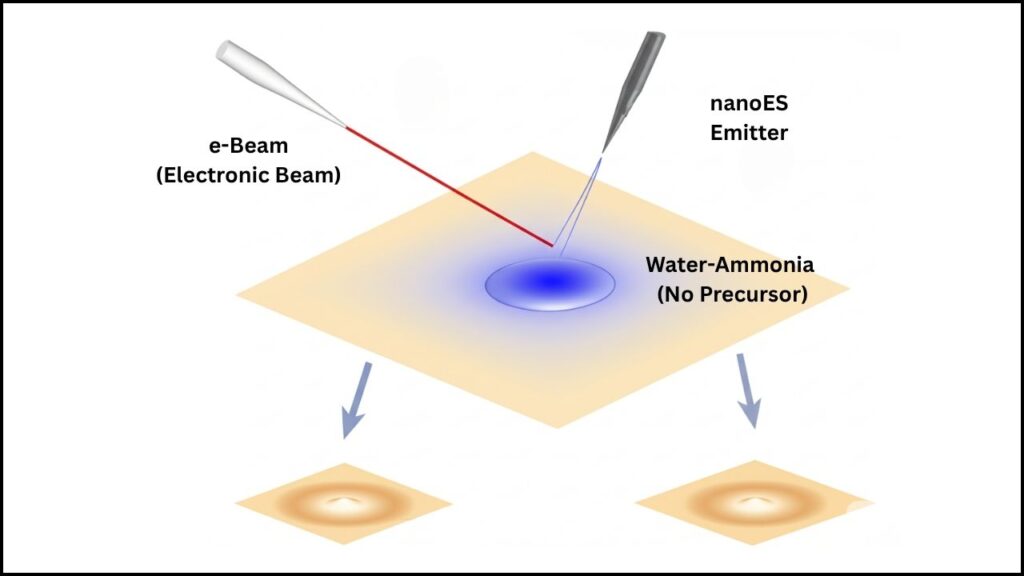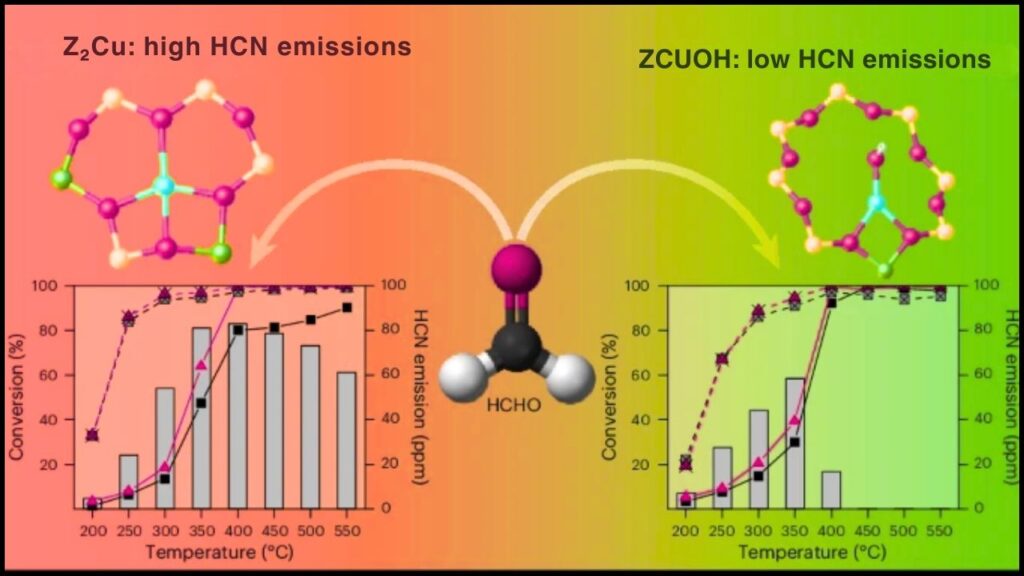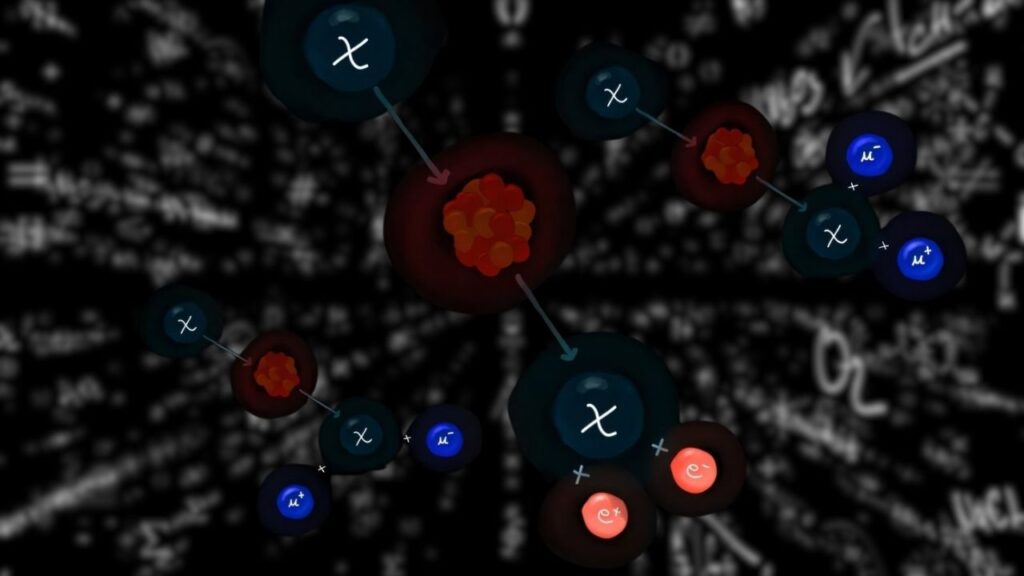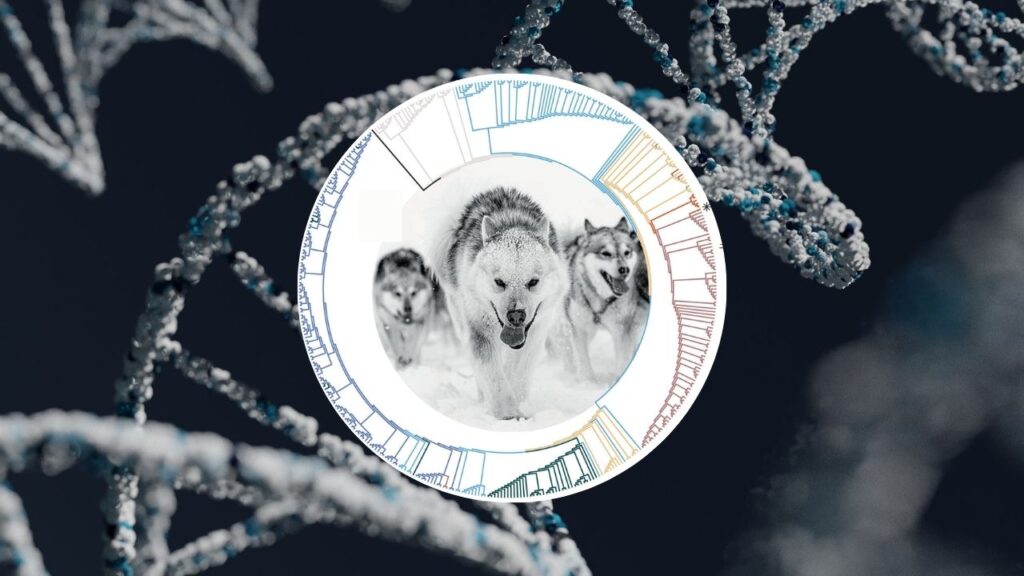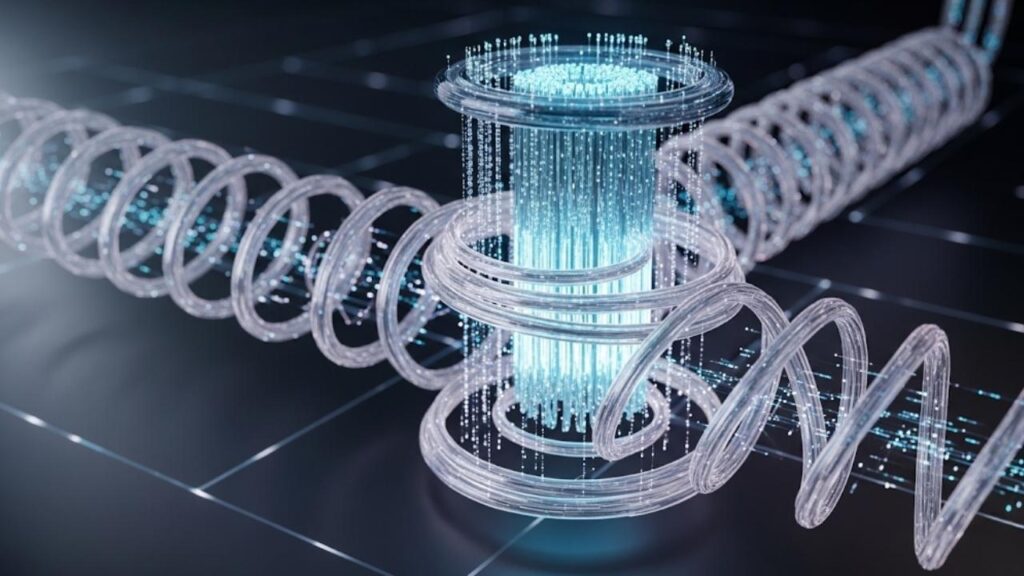The largest black hole merger ever recorded has just rocked the universe and revolutionized the way scientists view black hole formation. In a groundbreaking event detected on November 23, 2023, two enormous black holes—around 100 and 140 times the mass of the Sun—spiraled together and collided to create a new single black hole weighing approximately 225 solar masses. This magnificent cosmic collision was detected via gravitational waves by the world’s leading observatories: LIGO in the United States, Virgo in Italy, and KAGRA in Japan. Their results, after sharp scrutiny, are transforming both academic research and popular understanding of the cosmos.
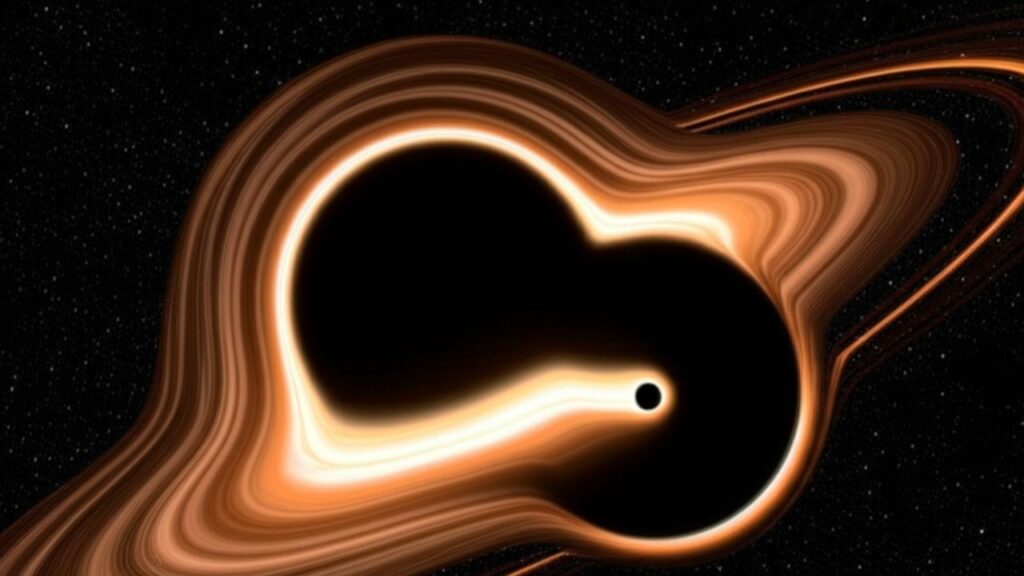
Black holes may sound like science fiction, but they’re at the cutting edge of research and technology, presenting new mysteries with every observation. The details of this colossal merger, dubbed GW231123, force scientists to rethink basic assumptions about how stars live and die and how black holes can grow larger through cosmic time. Whether you’re a student dreaming of a career in astrophysics or an expert in black hole theory, the implications of this event are nothing short of cosmic.
Table of Contents
Astronomers Observe Largest Black Hole Merger Ever
| Feature | Detail |
|---|---|
| Event Name | GW231123 |
| Detection Date | November 23, 2023 |
| Black Hole Masses | ~100 and ~140 solar masses |
| Final Black Hole Mass | ~225 solar masses |
| Detection Method | Gravitational Waves (LIGO-Virgo-KAGRA) |
| Distance from Earth | ~10 billion light-years |
| Spinning Speed | 80–90% of theoretical maximums |
| Previous Record | 140 solar mass merger (GW190521, 2021) |
| Significance | First robust evidence of intermediate-mass black hole formation by merging |
| Official Resource | LIGO Scientific Collaboration – GW231123 Discovery |
The largest black hole merger ever recorded isn’t just a record—it’s a window into the origins and evolution of the universe itself. By defying expectations, GW231123 reveals that black holes can grow large not only from massive stars but from merging with one another, crossing boundaries old theory struggled to explain. This event, celebrated worldwide by scientists and students alike, heralds a future filled with new discoveries about the universe’s wildest, most mysterious places.
Introduction: Why Is This Black Hole Merger Important?
The Nature of Black Holes and Cosmic Collisions
A black hole is a region in space where gravity is so intense that nothing—not even light—can escape. Black holes are born when very massive stars die in gigantic explosions, called supernovae, leaving their core to collapse under its own gravity. Sometimes, black holes move in pairs—or binaries—because they started life as two very massive stars orbiting each other.
A black hole merger happens when two of these objects draw close and, because of their enormous gravity, swirl together ever tighter until they finally collide, combining their masses to form a single, even bigger black hole. This process ejects massive energy—comparable to several suns vanishing in a blink—by creating “ripples” in spacetime known as gravitational waves. These waves were first predicted over a century ago by Albert Einstein, but only recently could we detect them with advanced technology.
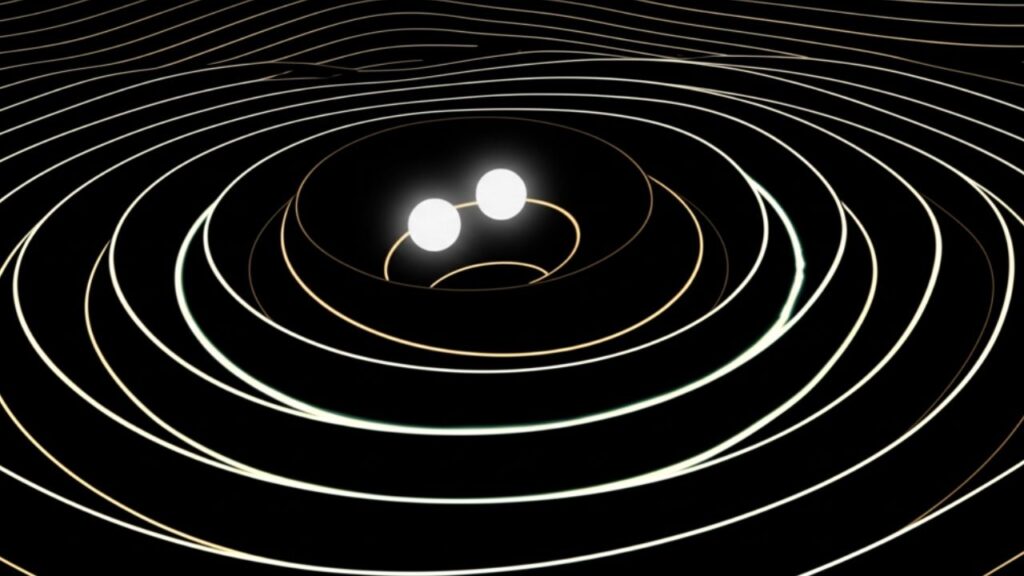
Why This Particular Merger Breaks the Mold
Before the GW231123 event, scientists thought there was an upper limit to how heavy a “regular” stellar black hole could be: about 65–130 times the mass of the Sun. That’s because very large stars are believed to explode so violently they disperse themselves completely, leaving no core behind. Yet, GW231123 involved two objects that are clearly in or around that “forbidden” mass range—strong evidence that black holes can grow larger than stars alone allow.
This means black holes can merge and grow “hierarchically”, building up in steps, forming objects that serve as bridges between ordinary stellar black holes and the titans found at galaxy centers. The implications are enormous: not only do theories of star evolution need revision, but the nature of “intermediate-mass” black holes (100 to 10,000 times the Sun’s mass) suddenly becomes much clearer.
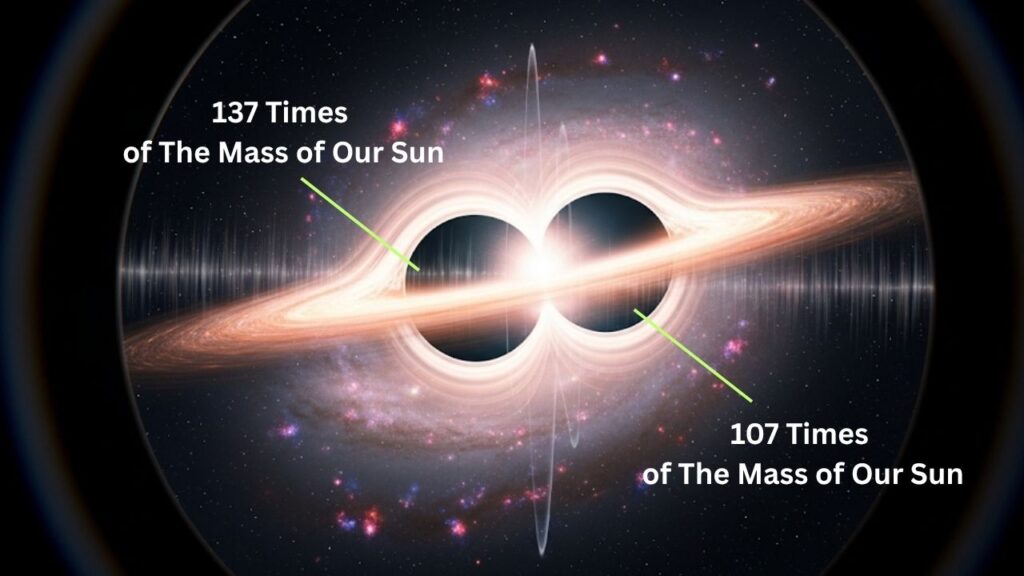
The Journey to Discovery: From Ripples in Space to Scientific Revolution
How Gravitational Waves Are Detected
Understanding this event starts with grasping the power and sensitivity of gravitational-wave observatories:
- LIGO (USA): Each location features a pair of 4-kilometer-long tunnels set at a right angle. Powerful lasers travel back and forth, able to measure changes much smaller than a proton—changes caused as gravitational waves squeeze and stretch space.
- Virgo (Italy) and KAGRA (Japan): They use similar laser setups, expanding the “listening” network across the globe.
When a merger happens, it sends faint gravitational-wave signals passing through Earth. The pattern, strength, and frequency of these waves—their “chirp”—contain enough information for scientists to deduce not only the masses and spins of the merging black holes, but also their distance and even the energy released.
Pinpointing an Astronomical Record
On November 23, 2023, LIGO, Virgo, and KAGRA detected a powerful gravitational-wave event: GW231123. Using global triangulation, scientists confirmed the event occurred about 10 billion light-years away—putting it in the universe’s remote past, when stars and galaxies were just beginning to take shape.
In the following weeks, teams worldwide analyzed the signal’s “waveform” to extract exact properties:
- First Black Hole: ~100 times the Sun’s mass
- Second Black Hole: ~140 times the Sun’s mass
- Final Remnant: ~225 solar masses (nearly twice the previous record)
- Spin Rates: Both black holes were rotating close to their theoretical limit, which might affect how energy is released in the merger
- Energy Released: The equivalent of several suns converted into pure gravitational waves, crossing the cosmos over billions of years
Testing, Verification, and Publication
No significant event claims acceptance in modern astrophysics until it passes rounds of cross-checks, blind analyses, and public scrutiny. The international community of the LIGO-Virgo-KAGRA collaboration follows strict protocols: each observed event must be confirmed independently at all stations, checked against background noise, modeled against thousands of simulated scenarios, and only then formally published. GW231123 passed every test—making it one of the most robust findings in gravitational wave history.
Why Is GW231123 Such a Scientific Revolution?
Overcoming the “Mass Gap”
Traditional models suggest that stellar evolution can’t make black holes in the 65–130 solar mass range (the “pair-instability mass gap”). Yet, here are two black holes violating those rules! This points toward a complex evolutionary history: the black holes involved were likely built from earlier mergers, perhaps in tight clusters of stars where multiple collisions can happen over time. It’s like building a snowball by rolling together smaller ones—nature, it turns out, is creative!
The Birth of Intermediate-Mass Black Holes
At last, clear-cut observational evidence shows us how intermediate-mass black holes can form. Unlike “supermassive” monsters (millions of solar masses, sitting at galactic centers), these mid-sized objects have been theorized for decades, but never directly seen being built—until now.
Revolutionizing Gravitational Wave Astronomy
By pushing the detection of such events out to 10 billion light-years, this observation demonstrates just how sensitive and powerful these new observatories are. Every successful detection teaches researchers more about the range, noise, and capabilities of their instruments, setting up future discoveries.
Opening Doors for Aspiring Scientists
For young students, passionate enthusiasts, or future researchers, GW231123 marks a gateway event. It offers:
- Inspiration for new research on stellar evolution, cluster dynamics, and gravitational physics.
- Real-world confirmation that wild theories about hierarchical mergers aren’t just possible—they’re happening.
- A chance to join a global scientific community pushing technology and human knowledge further than ever before.
A Deep Dive: How the Merger Was Detected and Understood
Step 1: Signal Arrival—The Birth Cry of a New Black Hole
- November 23, 2023: The gravitational wave signal, lasting less than a second, reaches Earth.
- The “chirp” pattern is recognized by LIGO, Virgo, and KAGRA in synchrony.
Step 2: Wave Analysis—Extracting Mass, Spin, and Distance
- Computers compare the signal to an enormous library of model waveforms: simulated mergers of black holes with different properties.
- Match found: Two black holes (100 and 140 solar masses) with extremely high spin rates.
- The waveform’s amplitude and frequency “stretch” indicate it’s billions of light-years away.
Step 3: Peer Verification—Ensuring Robust Results
- Teams independently reanalyze the data, ruling out instrument errors, earthquakes, and random noise.
- Additional observational data from space-based telescopes and radio observatories show no conflicting findings.
- Only after exhaustive analysis does the collaboration announce the official result to the global scientific community.
Professional and Educational Implications
For Professional Astronomers and Physics Educators
- Rethink Models: Revisit and revise the equations and computer simulations of stellar death and black hole formation.
- Expand Search: Target clusters where repeated merging is likely, and look for signatures that match the hierarchical process hypothesized here.
- Publish and Share: Share findings in peer-reviewed journals, develop outreach programs, and update university curricula to include these groundbreaking results.
For Aspiring Researchers and Students
- Start by studying basic physics, mathematics, and astronomy at school and university.
- Learn data analysis and simulation, preferably with a programming language like Python or MATLAB.
- Explore online resources from major collaborations (like the official LIGO site) and consider internships or research projects in gravitational astronomy.
- Join astronomy clubs, public lectures, and science competitions to foster interest and skills.
New Horizons Successfully Detects Distant Starlight in Deep Space Experiment
Time Is the Real Fabric of the Universe, Not Space, Says Groundbreaking Study
Photonics in Space: How NASA Is Using Laser Communication to Boost Deep-Space Data Transfer
FAQs About Astronomers Observe Largest Black Hole Merger Ever
What exactly is a black hole merger?
A black hole merger is when two black holes come very close, spiral together due to gravity, and combine into a single, larger black hole. This generates gravitational waves that travel across the universe.
Why does this merger break previous records?
The masses of the black holes involved (100 and 140 times the Sun’s mass) are far higher than previous known mergers and exceed what theory says stars should be able to make on their own.
How do we know the details about the merging black holes?
Gravitational wave signals carry information about the mass, spin, and energy involved. Scientists use highly accurate computer models to “read” the signals, just as doctors interpret an EKG.
Can you see a black hole merger with a regular telescope?
No light (not even X-rays) was found from this event; only gravitational-wave detectors (like LIGO, Virgo, and KAGRA) can observe them.
Do even bigger black holes exist?
Yes, supermassive black holes exist at galaxy centers (millions or billions of times heavier than the Sun), but these have a different history. Events like GW231123 help explain how such giants might be built from repeated mergers.
How could someone get involved in gravitational-wave research?
Study physics or astronomy, join a university or observatory with an active research program, and seek opportunities to work on data analysis or outreach. LIGO and similar organizations often provide educational resources and invite passionate newcomers.
